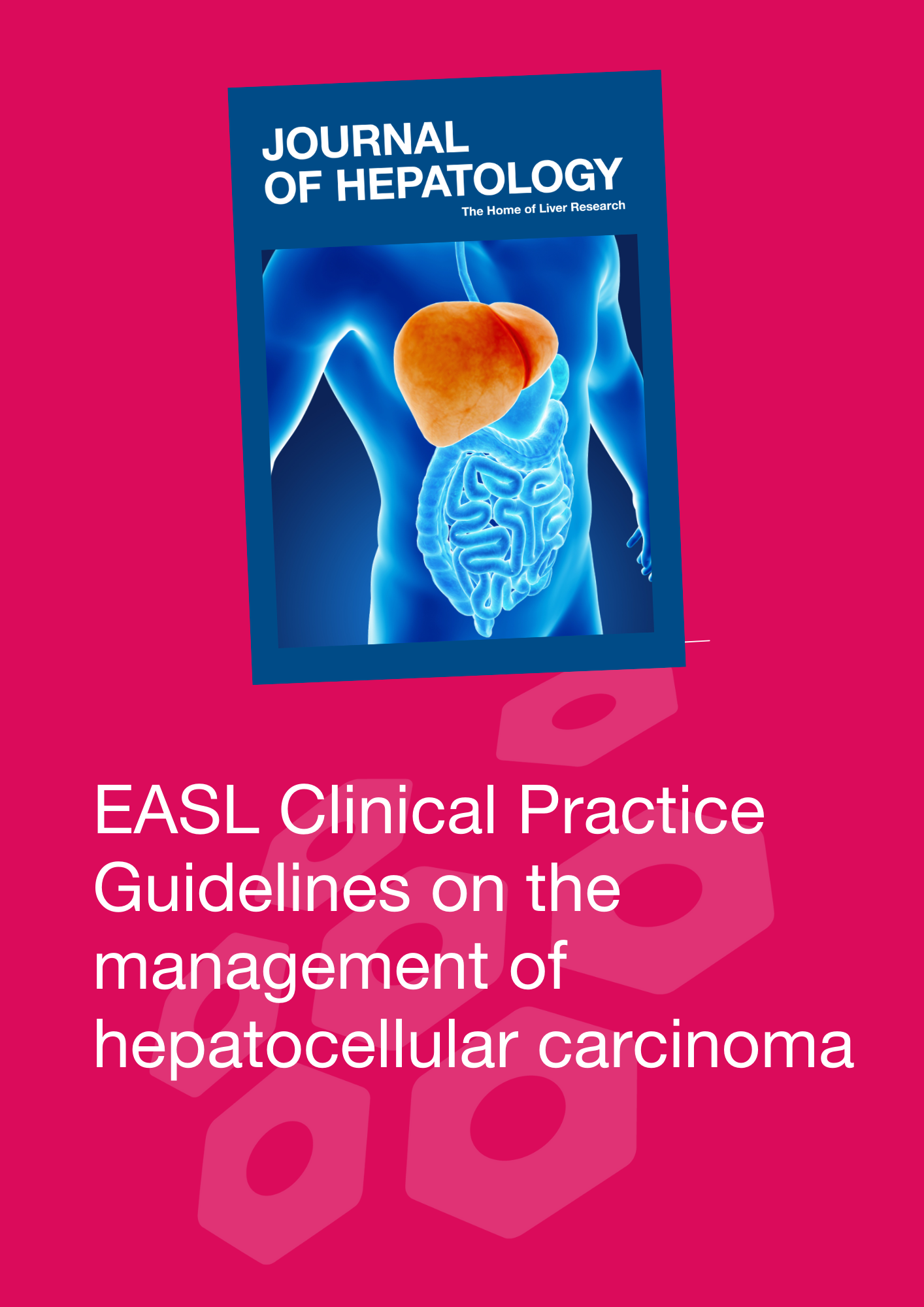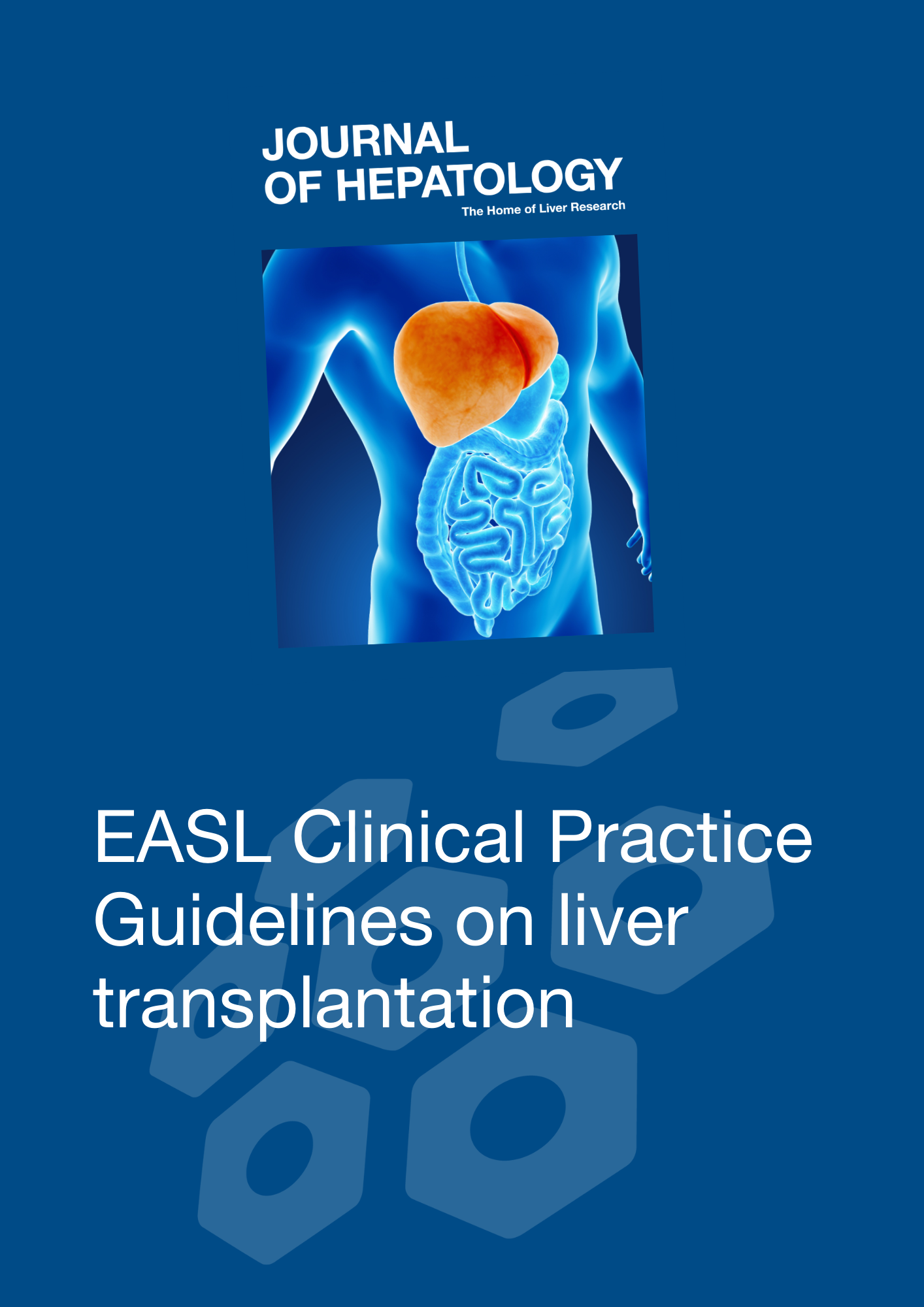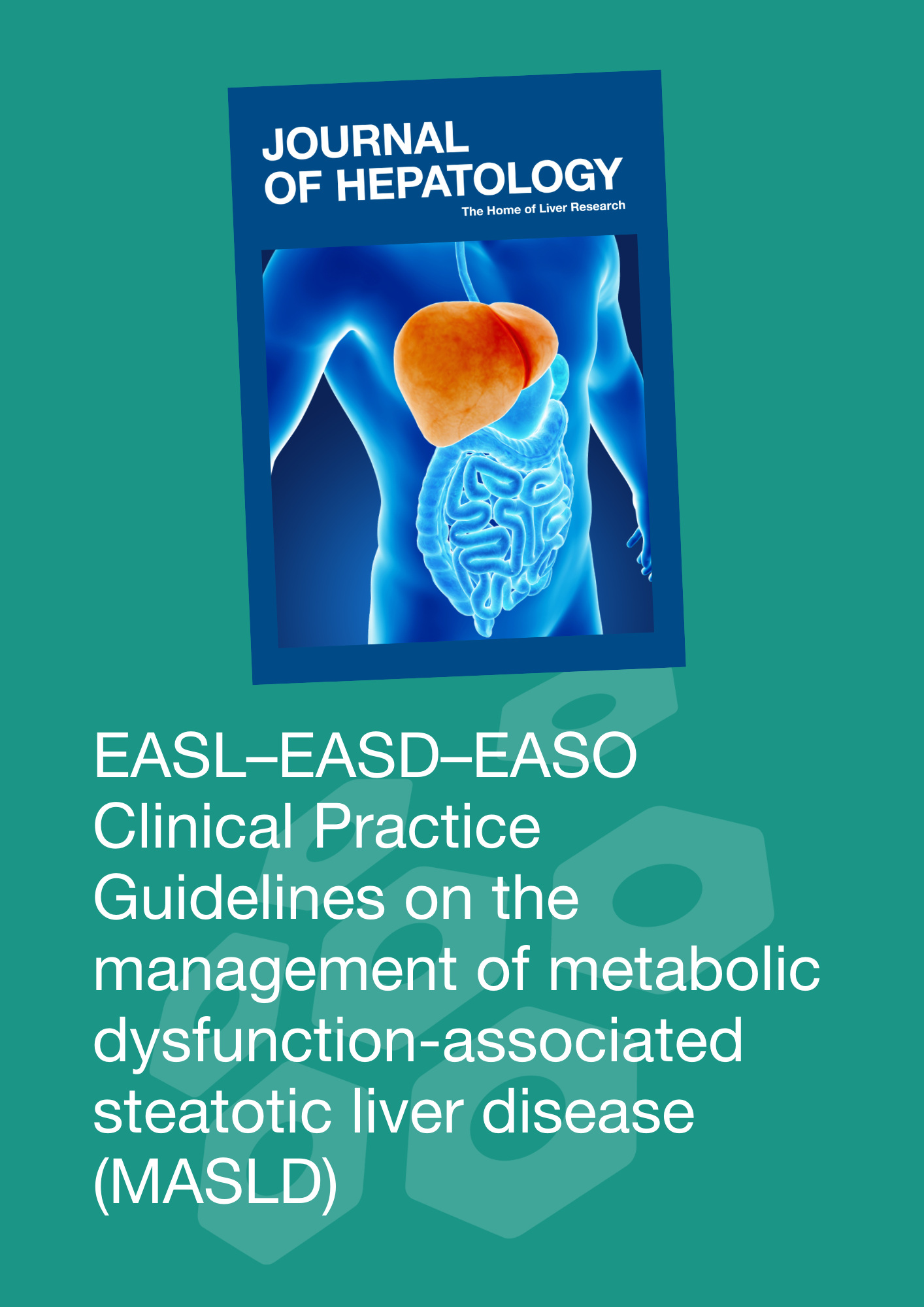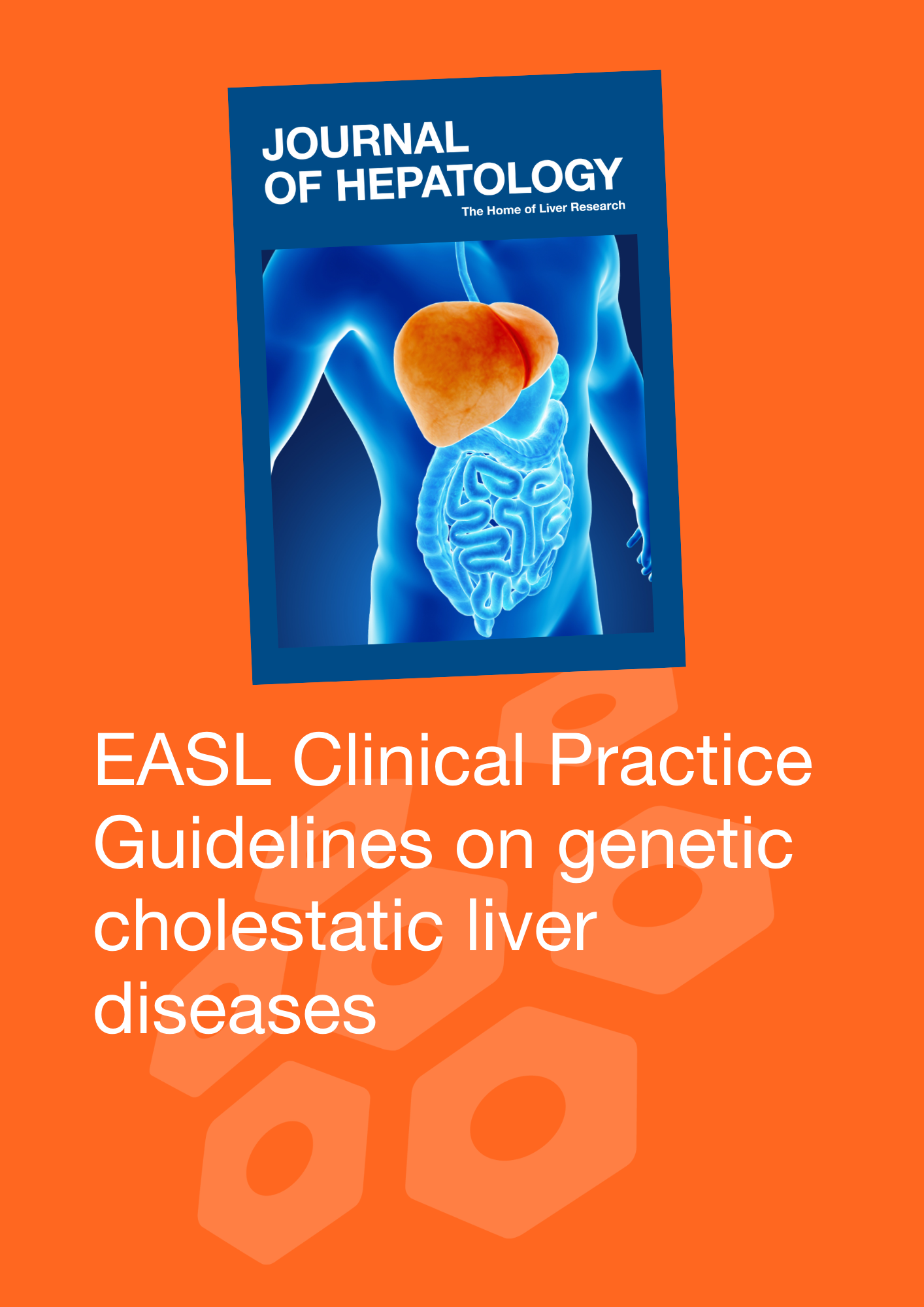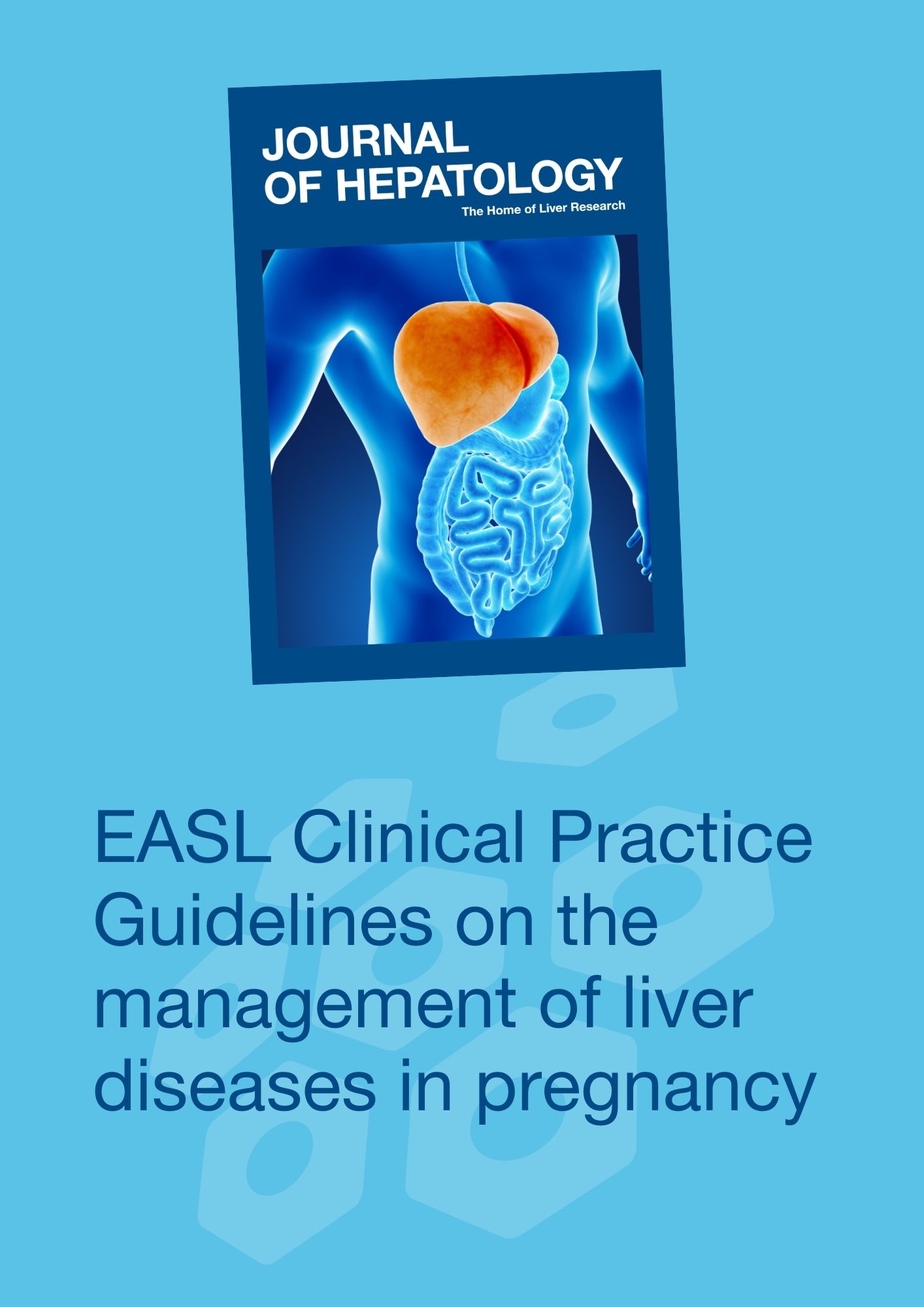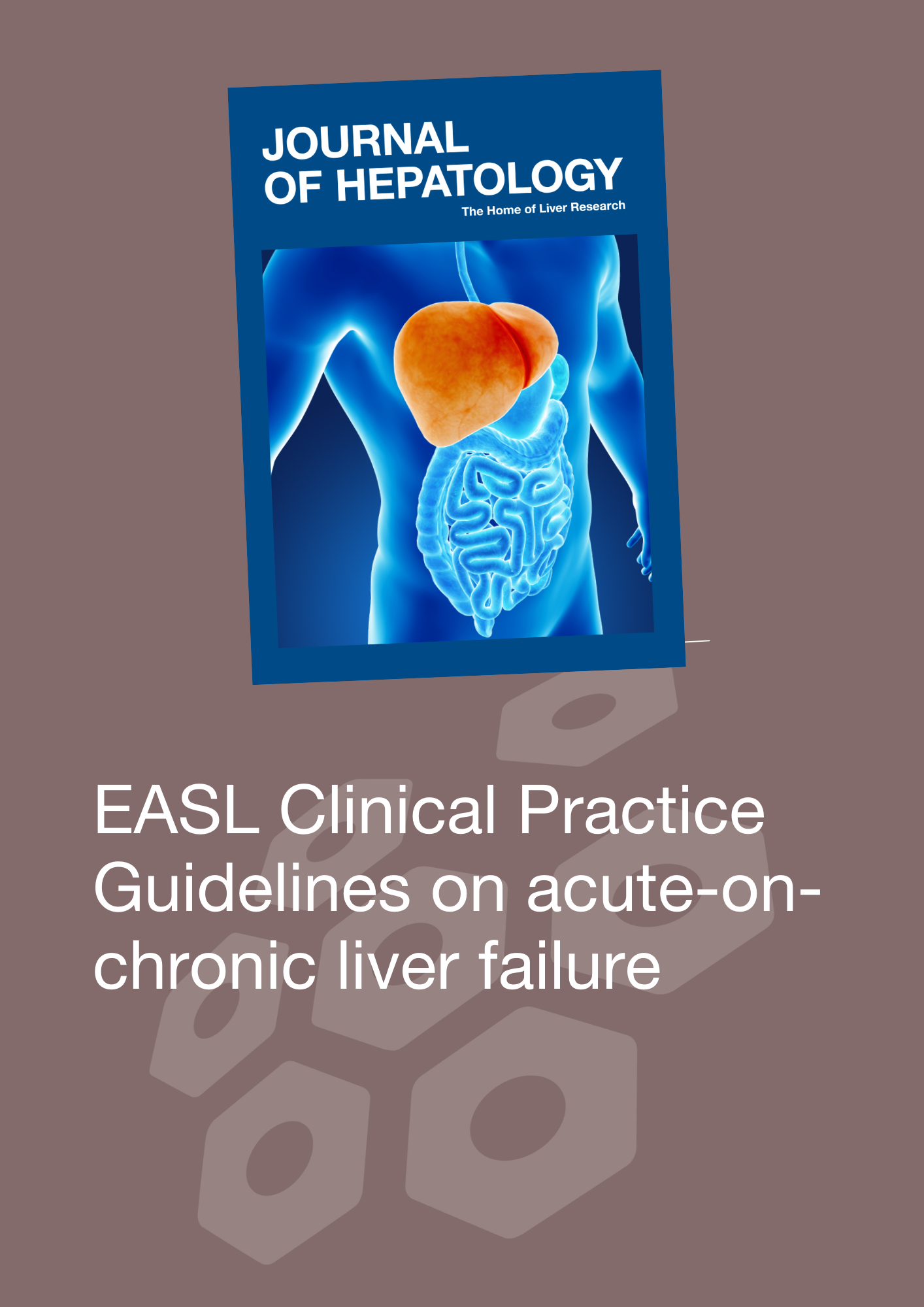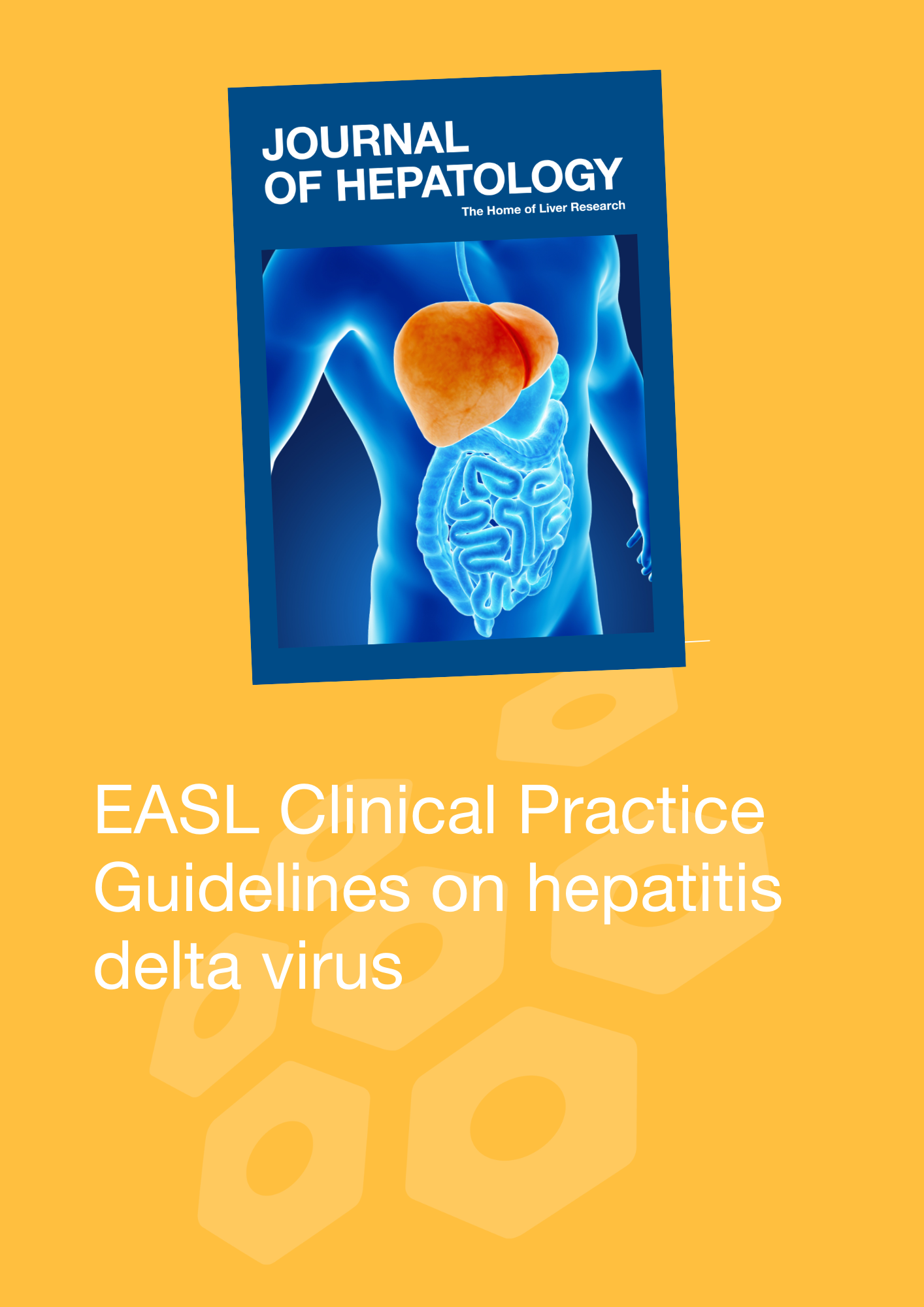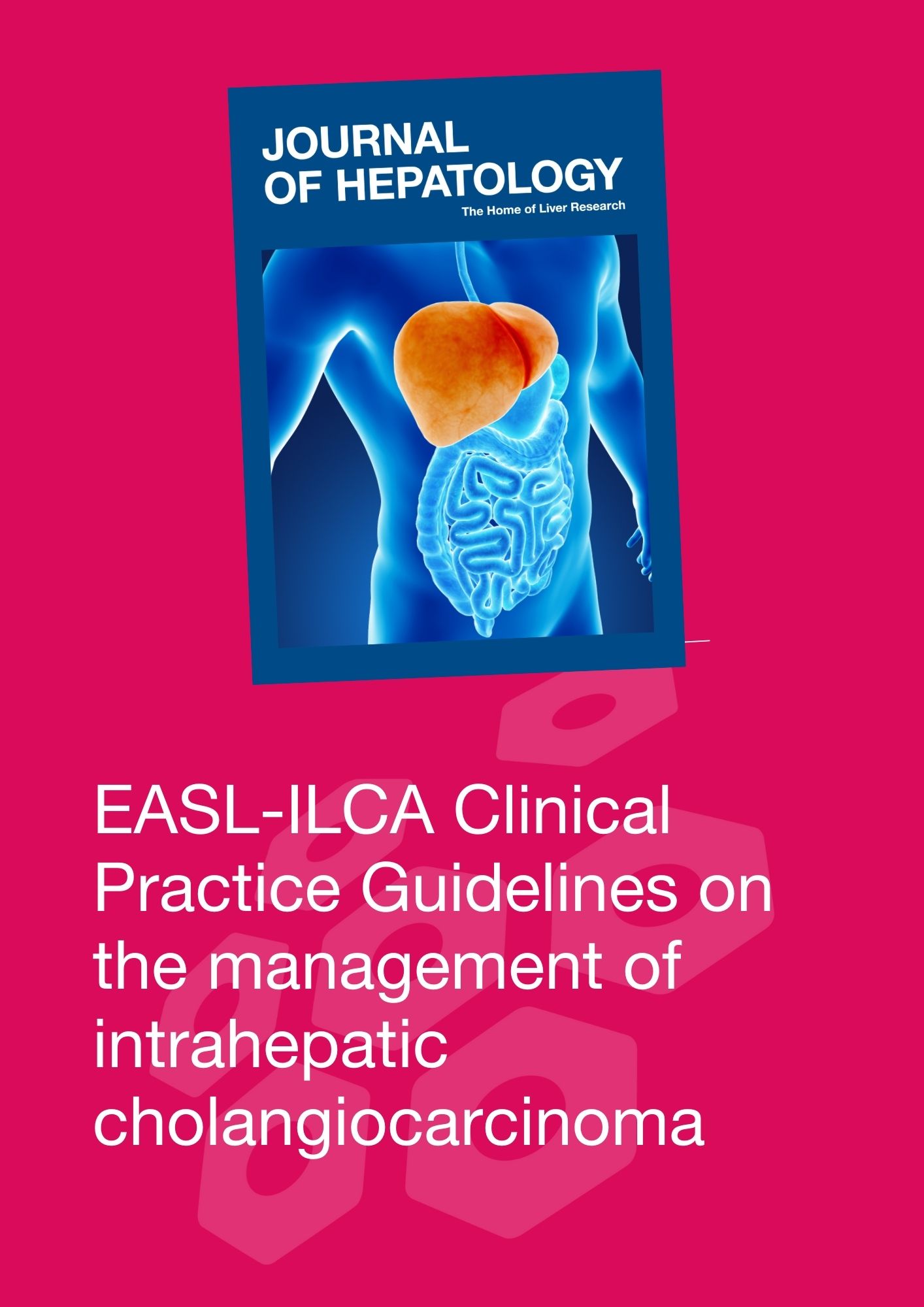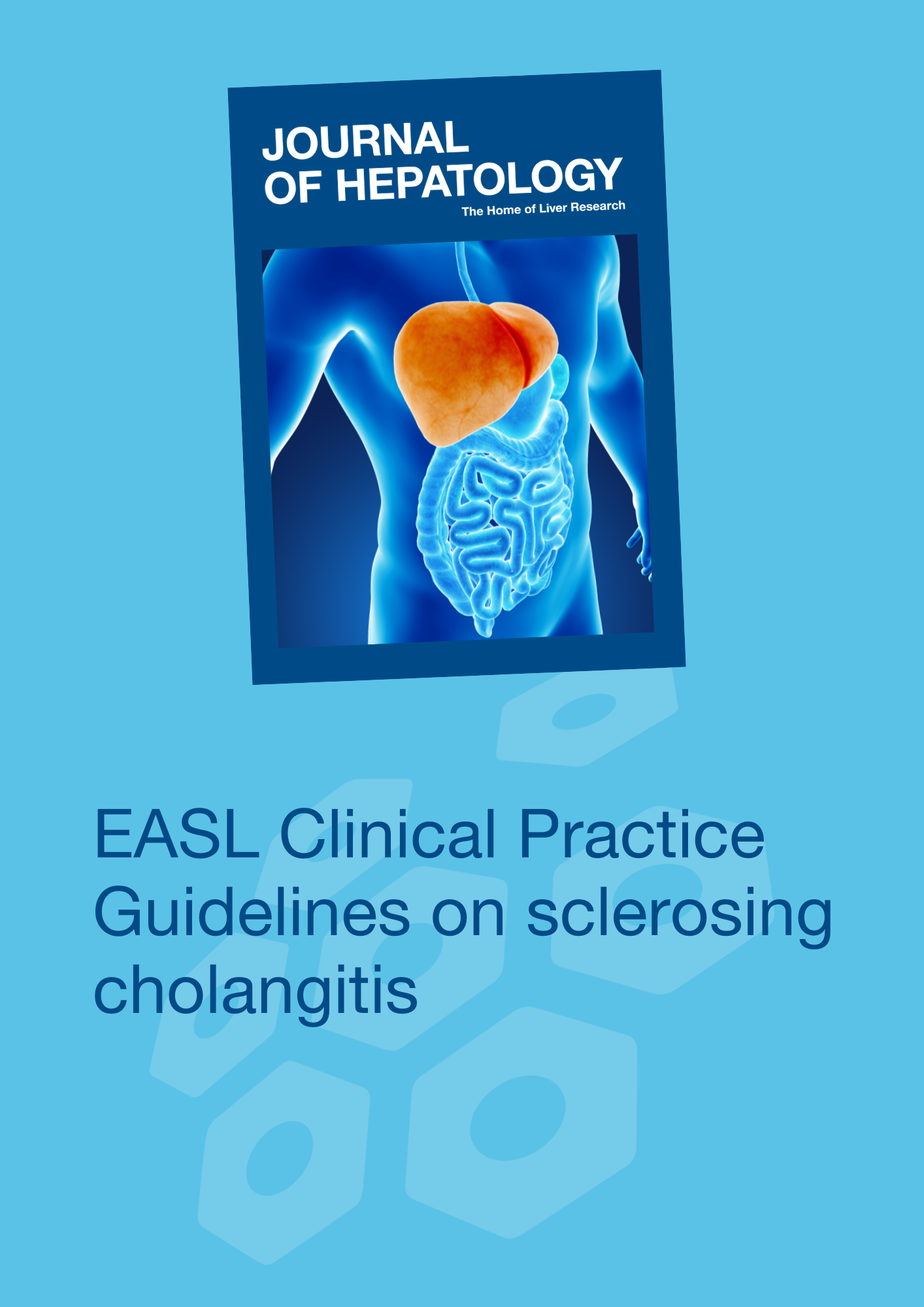EASL’s Clinical Practice Guidelines assist physicians, healthcare providers, patients and other interested parties in the clinical decision-making process. The EASL Guidelines present a range of state-of-the-art approaches for the diagnosis and treatment of liver diseases.
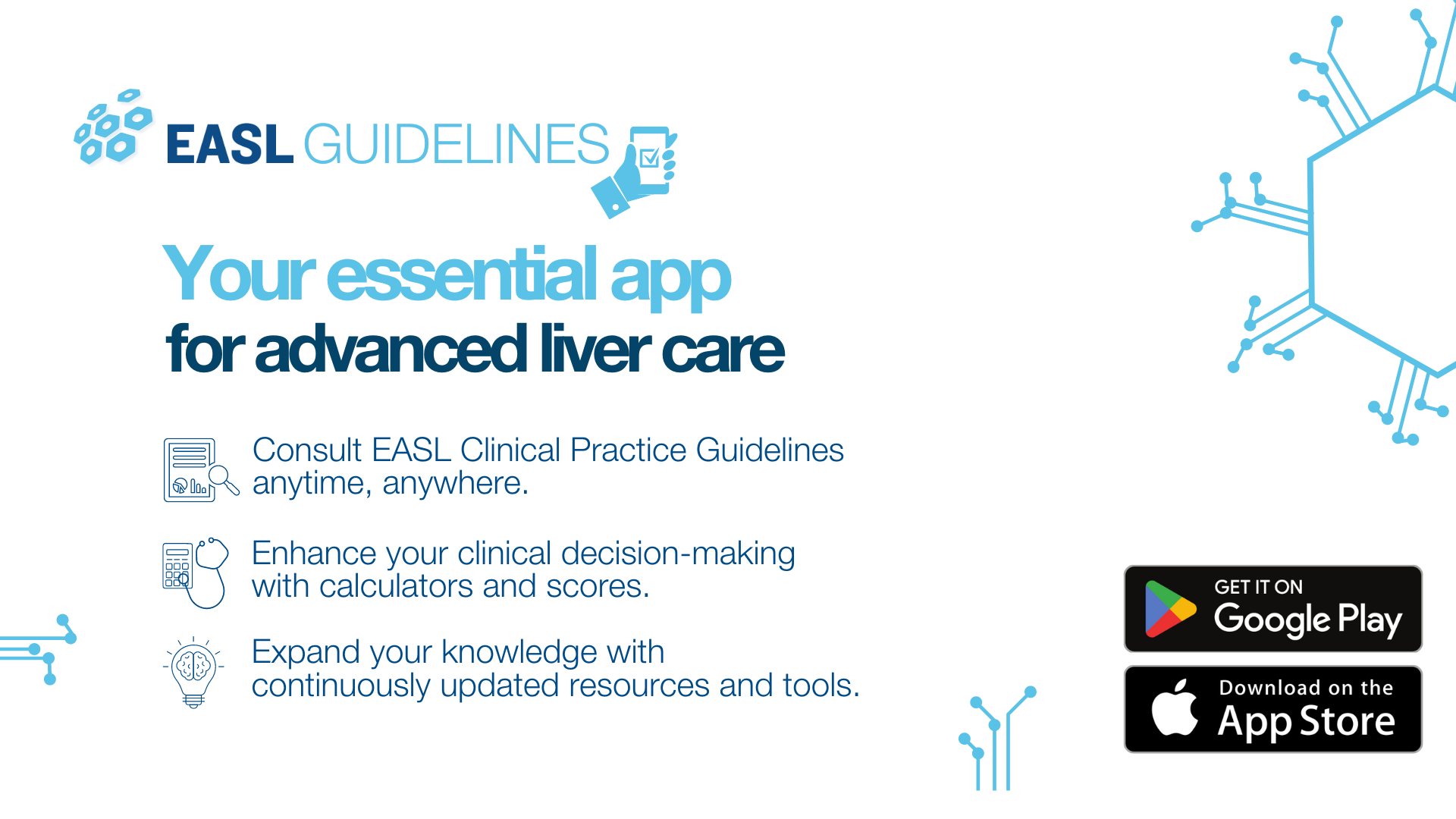

Liver cancer is the third leading cause of cancer-related deaths worldwide, with hepatocellular carcinoma (HCC) accounting for approximately 90% of primary liver cancers. Advances in diagnostic and therapeutic tools, along with improved understanding of their application, are transforming patient treatment. Integrating these innovations into clinical practice presents challenges and necessitates guidance. These clinical practice guidelines offer updated advice for managing patients with HCC and provide a comprehensive review of pertinent data. Key updates from the 2018 EASL guidelines include personalised surveillance based on individual risk assessment and the use of new tools, standardisation of liver imaging procedures and diagnostic criteria, use of minimally invasive surgery in complex cases together with updates on the integrated role of liver transplantation, transitions between surgical, locoregional, and systemic therapies, the role of radiation therapies, and the use of combination immunotherapies at various stages of disease. Above all, there is an absolute need for a multiparametric assessment of individual risks and benefits, considering the patient's perspective, by a multidisciplinary team encompassing various specialties.
Read MoreLiver transplantation (LT) is an established life-saving procedure. The field of LT has changed in the past 10 years from several perspectives, with the expansion of indications, transplantation of patients with acute-on-chronic liver failure, evolution of transplant oncology, the use of donations after cardiac death, new surgical techniques, and prioritisation of recipients on the waiting list. In addition, the advent of organ perfusion machines, the recognition of new forms of rejection, and the attention paid to the transition from paediatric to adult patients, have all improved the management of LT recipients. The purpose of the EASL guidelines presented here is not to cover all aspects of LT but to focus on developments since the previous EASL guidelines published in 2016.
Read MoreMetabolic dysfunction-associated steatotic liver disease (MASLD), previously termed non-alcoholic fatty liver disease (NAFLD), is defined as steatotic liver disease (SLD) in the presence of one or more cardiometabolic risk factor(s) and the absence of harmful alcohol intake. The spectrum of MASLD includes steatosis, metabolic dysfunction-associated steatohepatitis (MASH, previously NASH), fibrosis, cirrhosis and MASH-related hepatocellular carcinoma (HCC). This joint EASL-EASD-EASO guideline provides an update on definitions, prevention, screening, diagnosis and treatment for MASLD.
Read MoreGenetic cholestatic liver diseases are caused by (often rare) mutations in a multitude of different genes. While these diseases differ in pathobiology, clinical presentation and prognosis, they do have several commonalities due to their cholestatic nature. These Clinical Practice Guidelines (CPGs) offer a general approach to genetic testing and management of cholestatic pruritus, while exploring diagnostic and treatment approaches for a subset of genetic cholestatic liver diseases in depth. An expert panel appointed by the European Association for the Study of the Liver has created recommendations regarding diagnosis and treatment, based on the best evidence currently available in the fields of paediatric and adult hepatology, as well as genetics. The management of these diseases generally takes place in a tertiary referral centre, in order to provide up-to-date approaches and expertise. These CPGs are intended to support hepatologists (for paediatric and adult patients), residents and other healthcare professionals involved in the management of these patients with concrete recommendations based on currently available evidence or, if not available, on expert opinion.
Read MoreLiver diseases in pregnancy comprise both gestational liver disorders and acute and chronic hepatic disorders occurring coincidentally in pregnancy. Whether related to pregnancy or pre-existing, liver diseases in pregnancy are associated with a significant risk of maternal and fetal morbidity and mortality. Thus, the European Association for the Study of Liver Disease invited a panel of experts to develop clinical practice guidelines aimed at providing recommendations, based on the best available evidence, for the management of liver disease in pregnancy for hepatologists, gastroenterologists, obstetric physicians, general physicians, obstetricians, specialists in training and other healthcare professionals who provide care for this patient population.
Read MoreThe objective of the present Clinical Practice Guidelines is to provide recommendations to help clinicians recognise ACLF, make triage decisions (ICU vs. no ICU), identify and manage acute precipitants, identify organ systems that require support or replacement, define potential criteria for futility of intensive care, and identify potential indications for liver transplantation.
Read MoreMajor diagnostic and therapeutic innovations prompted the EASL Governing Board to commission specific Clinical Practice Guidelines on the identification, virologic and clinical characterisation, prognostic assessment, and appropriate clinical and therapeutic management of HDV-infected individuals.
Read MoreIntrahepatic cholangiocarcinoma (iCCA) develops inside the liver, between bile ductules and the second-order bile ducts. It is the second most frequent primary liver cancer after hepatocellular carcinoma, and its global incidence is increasing. It is associated with an alarming mortality rate owing to its silent presentation (often leading to late diagnosis), highly aggressive nature and resistance to treatment. Early diagnosis, molecular characterisation, accurate staging and personalised multidisciplinary treatments represent current challenges for researchers and physicians. Unfortunately, these challenges are beset by the high heterogeneity of iCCA at the clinical, genomic, epigenetic and molecular levels, very often precluding successful management. Nonetheless, in the last few years, progress has been made in molecular characterisation, surgical management, and targeted therapy. Recent advances together with the awareness that iCCA represents a distinct entity amongst the CCA family, led the ILCA and EASL governing boards to commission international experts to draft dedicated evidence-based guidelines for physicians involved in the diagnostic, prognostic, and therapeutic management of iCCA.
Read MoreThe advent of enhanced radiological imaging techniques has facilitated the diagnosis of cystic liver lesions. Concomitantly, the evidence base supporting the management of these diseases has matured over the last decades. As a result, comprehensive clinical guidance on the subject matter is warranted. These Clinical Practice Guidelines cover the diagnosis and management of hepatic cysts, mucinous cystic neoplasms of the liver, biliary hamartomas, polycystic liver disease, Caroli disease, Caroli syndrome, biliary hamartomas and peribiliary cysts. On the basis of in-depth review of the relevant literature we provide recommendations to navigate clinical dilemmas followed by supporting text. The recommendations are graded according to the Oxford Centre for Evidence-Based Medicine system and categorised as ‘weak’ or ‘strong’. We aim to provide the best available evidence to aid the clinical decision-making process in the management of patients with cystic liver disease.
Read MoreManagement of primary or secondary sclerosing cholangitis is challenging. These Clinical Practice Guidelines have been developed to provide practical guidance on debated topics including diagnostic methods, prognostic assessment, early detection of complications, optimal care pathways and therapeutic (pharmacological, hamartomas, polycystic liver disease, Caroli disease, Caroli syndrome, biliary hamartomas and peribiliary cysts. On the basis of in-depth review of the relevant literature we provide recommendations to navigate clinical dilemmas followed by supporting text. The recommendations are graded according to the Oxford Centre for Evidence-Based Medicine system and categorised as ‘weak’ or ‘strong’. We aim to provide the best available evidence to aid the clinical decision-making process in the management of patients with cystic liver disease.
Read MoreThe first EASL Clinical Practice Guideline on treatment of hepatitis C was published in 1999. Since then, more than 30 EASL Guidelines on various liver diseases have been published. The EASL CPGs are extremely popular in Europe and beyond. Most importantly, they are a global reference for the current state-of-the-art on diagnosis and management of liver diseases. As consequence, the EASL Guidelines have been widely distributed. And not only by open-access publication in the Journal of Hepatology but also on the EASL website. Finally, for some EASL CPGs, dissemination of knowledge into derivatives of the guidelines (e.g. patient versions).
The Success of the EASL Clinical Practice Guidelines
One possible reason for the success of our guidelines is the streamlined process. This has allowed for a fast response and timely publication of clinical recommendations when there are new developments in a field. This was especially relevant for chronic HCV infection. The rapid development of treatment regimens has prompted the EASL Governing Board to commission regular updates of ‘‘HCV treatment recommendations”on an almost yearly basis since 2014. In 2019, EASL launched The first guideline for hepatitis B. Updated versions for the EASL guidelines for Hepatitis B followed in 2012 and 2017.
EASL acknowledgements
This responsive process of CPG development in almost all areas of hepatology has only been made possible by the commitment of a small team of 5–8 world-leading experts (the ‘‘CPG panel”) and the meticulous evaluation of the CPGs by three independent experts (at least one from outside Europe), as well as the EASL Governing Board. EASL is very grateful for the continuous and outstanding support provided by these experts from our community.


